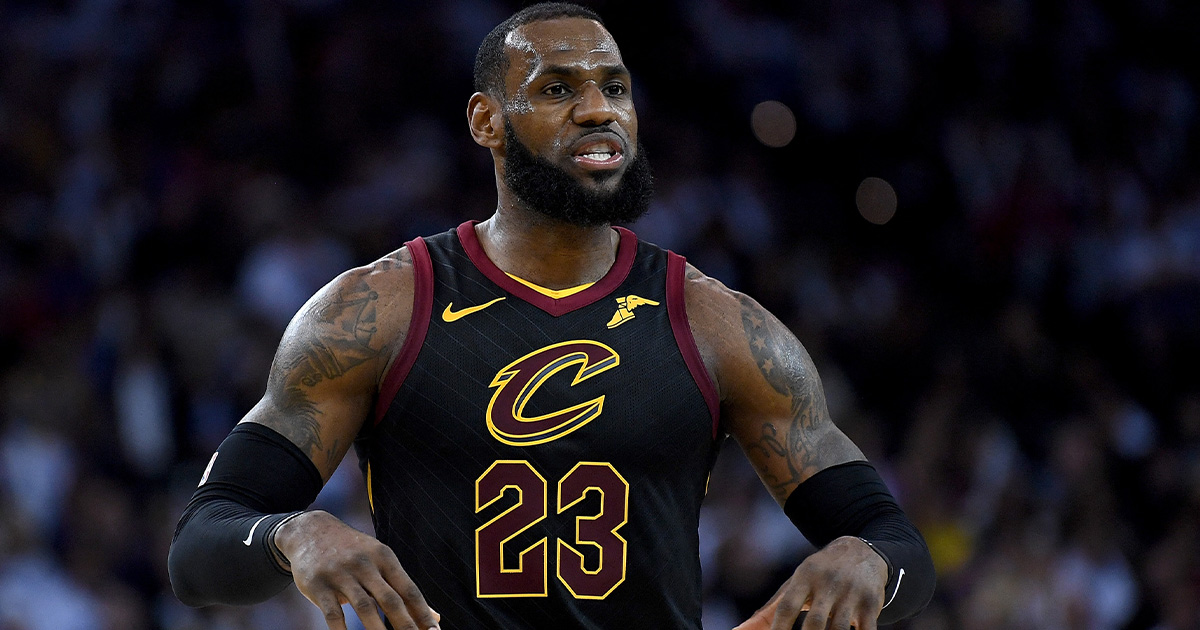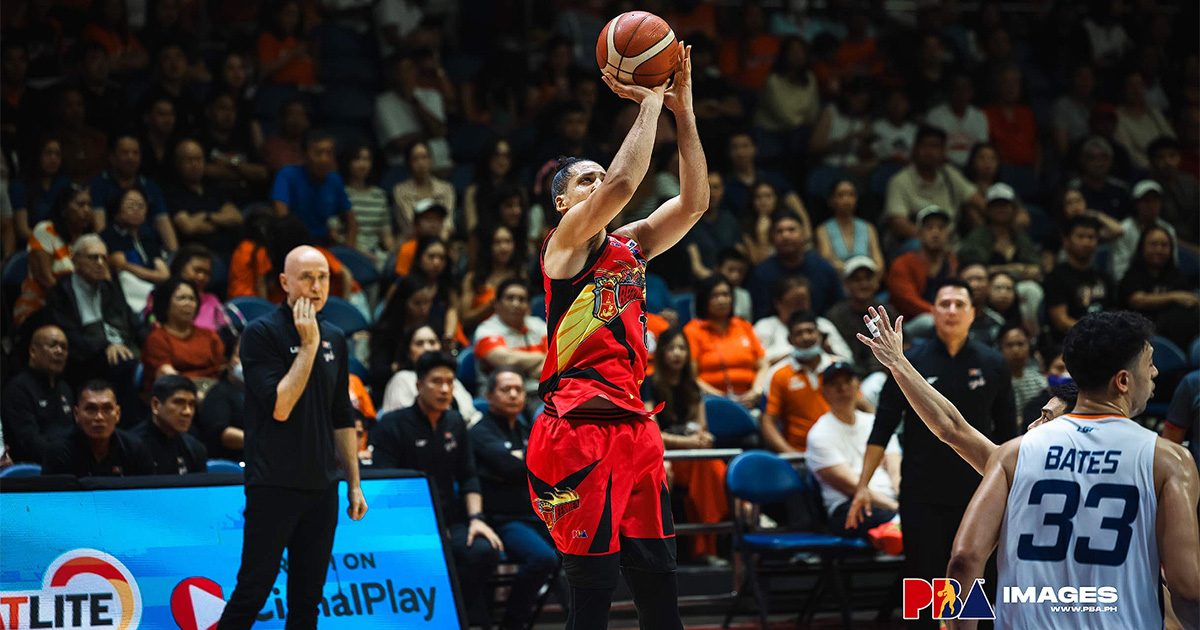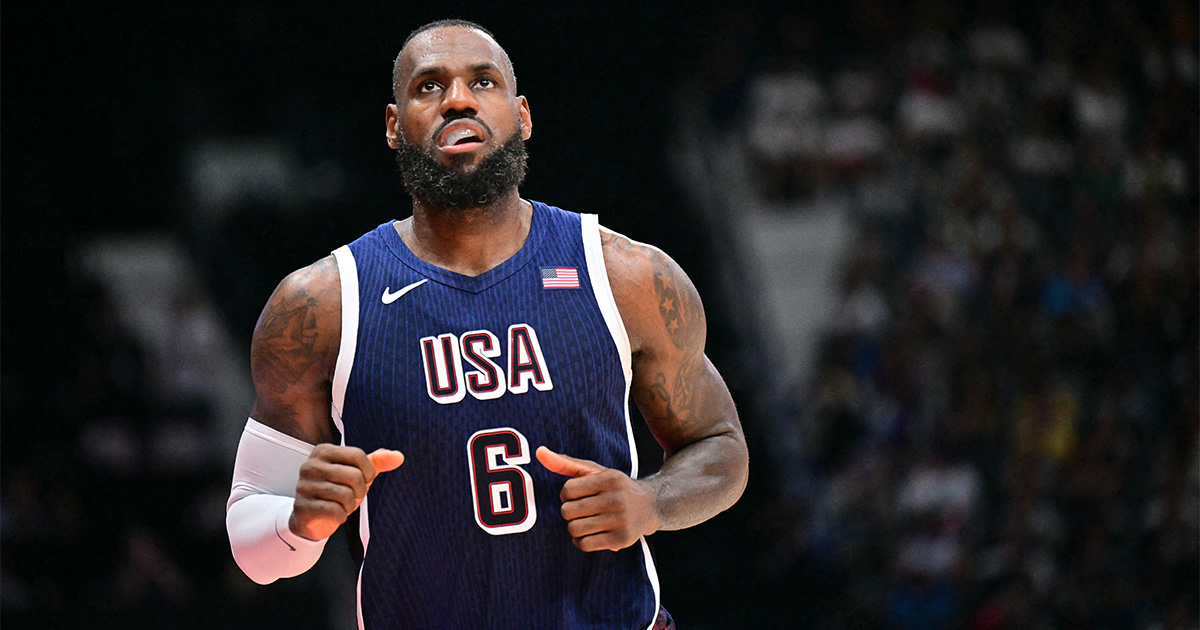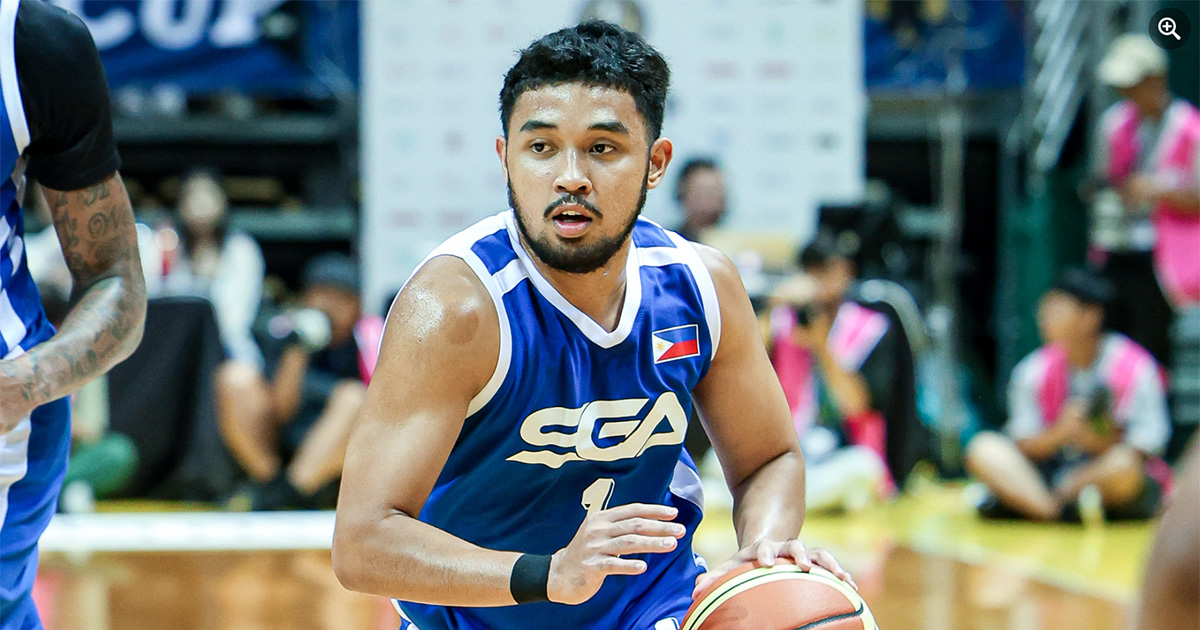The NBA playoffs separate legends from mere greats. While a handful of iconic games like Wilt’s 100-point eruption have captivated audiences, true transcendence unfolds across full postseason runs.
In this blog, we’ll revisit the playoff journeys featuring the most staggering statistical averages, single-game explosions and context-defying accolades. Numbers alone can’t convey the iconic imagery, clutch plays and unforgettable moments seared into basketball history from these feats. But analyzing the key figures and metrics provides an abstract glimpse into the unparalleled prowess across the greatest postseason campaigns ever witnessed.
Note: As we’re highlighting statistical anomalies, this list prioritizes outliers over championship winners when their numbers overwhelm even fellow legendary peers.
1) 1966-67 Philadelphia 76ers: Wilt Chamberlain’s Magnum Opus
The only acceptable place to start any revisiting of playoff stat chasing remains Wilt Chamberlain’s untouchable 1967 crown jewel performance. His regular season excellence and even top playoff runs elsewhere still paled compared to this unthinkable averaging line against the elite Celtics and Warriors:
- 21.7 Rebounds Per Game
- 28.7 Points Per Game on 68% Shooting
Wilt snagged at least 20 rebounds in 13 of their 15 playoff contests. He sank over 60% of his shots in every series. And all this versus rival Bill Russell in an epic Eastern Finals clash and star studded Warriors with Rick Barry and Nate Thurmond out West.
But the raw numbers hardly do Wilt’s 1966-67 postseason justice. He submitted arguably the highest two-way impact showing ever from a big man by also playing lockdown defense and passing brilliantly within the team framework. Chamberlain’s peerless paint dominance finally achieved the long awaited ultimate validation – vanquishing Russell’s Celtics and leading Philly to the promised land after years of Boston foiling his championship dreams.
2) 1961-62 Elgin Baylor: 38 Points, 18 Rebounds!
Before injuries shortened his career, Elgin Baylor submitted one of the most preposterously well rounded stat lines ever in a 1962 title run to the Finals. And these mind boggling averages lose even more luster considering they came playing at forward alongside all time great Jerry West’s back court scoring prowess:
- 38.3 Points Per Game
- 18.5 Rebounds Per Game on 51% Shooting
- 4.5 Assists Per Game
Averaging nearly 40 points AND almost 20 rebounds remains virtually impossible to fathom by any non-center. For context, only one player topped 30 points and 10 rebounds per game last postseason (Luka Doncic). Baylor nearly doubled the rebounding output while tacking on 8 more nightly points at the forward spot.
Unfortunately, his Lakers still came up just short in a deciding Game 7 overtime thriller against Russell’s Celtics dynasty. But Elgin Baylor’s 1962 tour de force unequivocally cemented his status among the playoff record chasing pantheon even in defeat.
3) 1965-66 Rick Barry: 40 Point Triple Crown
Rick Barry’s astronomical numbers in the 1975 Finals clinching Game 7 (45 points on 75% shooting) deserve applause. But his under-discussed 1965-66 campaign as a rookie might still be more esteemed from a metrics standpoint.
The Warriors star delivered a clean playoff run averaging 40.8 points per game across 11 contests:
- Scoring Crown: 40.8 playoff points per game
- Efficiency Crown: .518 field goal percentage
- Usage Crown: 40% of team’s scoring output
Barry also tied the mark for most 50+ point showings in a single postseason with three. And he topped 55 points twice in their 11 game journey!
Like Baylor before him, Barry’s squad fell just short in Game 7 of the NBA Finals to Chamberlain’s rising 76ers. But the rookie’s jaw dropping statistical marks cemented his nascent stardom and remains untouched from an all around scoring load perspective.

4) 2003 playoffs: Dirk’s Unstoppable Ascension
When picturing high octane offense and rapid star ascents, most reminisce on Jordan in the 80s, Curry redefining range shooting last decade or LeBron’s graceful dominance this century. But one overlooked offensive explosion peaked in 2003 with Dirk Nowitzki’s playoff scoring coming out party:
In 16 games, Dirk averaged:
- 25.1 Points Per Game
- 10.4 Rebounds Per Game
- 2.4 Assists Per Game
- On 55% True Shooting
Dirk was far more than some early prototype stretch four before entering his prime though. He terrorized elite Spurs and Kings defenses by attacking off the dribble relentlessly, shooting ambidextrous deadly floaters against trees like David Robinson and displaying unlimited off balanced shot variety sinking perimeter jumpers, stepbacks and flip shots at unusual accuracy for near seven footer with handle.
For a couple weeks in spring 2003, Nowitzki’s uncontainable offensive versatility foreshadowed the versatile unicorns and do everything scoring dynamos currently redefining entire positions throughout today’s positionless basketball era.
5) 1993 Playoffs: Jordan’s True Shooting Exhibition
Jordan’s playoff numbers dipped slightly from the absurd 37 points on 54% shooting marks seen in Chicago’s first two championship outings. But context regarding increased defensive attention and blatant illegal clutching and grabbing off ball reveals Jordan actually lifted his game in 1993 to even more stratospheric efficiency summits.
Against New York and MVP runner up Charles Barkley’s Phoenix squads, an aging Jordan submitted more understated raw averages of 35.1 points, 7 rebounds and 6.7 assists. But he crucially maximized the Bulls more egalitarian offensive evolution in 1993 powered by rising co-star Scottie Pippen. Jordan won scoring crowns with streak shooting on designed plays. Now he played within the team framework boosting others by commanding constant double teams.
Jordan thus assaulted defenses against elite competition to the tune of obscene 66% true shooting marks never replicated by perimeter players dominating ball time and all defensive attention. His two-point shooting numbers dwarfed rivals at 64% largely without three point range. And incredibly, he attempted 11 free throws nightly with nearly impeccable 90% accuracy amidst relentless swarming pressure and physicality.
Counting both regular season and playoffs, Jordan ensured his Bulls three-peat apex season of 1993 elevated scoring efficiency to once unfathomable craftsman levels.
6) 1987 Playoffs: A Scoring Race For The Ages (vs Dominique)
Jordan ascending scoring championships exist throughout the 80s playoffs. But 1987 featured an iconic showdown between Jordan and fellow athletic marvel Dominique Wilkins as Chicago battled Atlanta. Their scoring race gripped the basketball world with four head-to-head scoring outbursts over 40 points!
Jordan averaged 35 points on 60% true shooting to edge Nique’s 31 points on 59% in round one. Dominique answered with almost 42 a game the next round before MJ again took the semi-final bout. Overall they dueled to seven straight 40+ scoring nights in the hard fought series with Jordan finishing a razor thin victory by taking the last 42 and 47 point standoffs.
Basketball fans had never witnessed such evenly matched back-to-back scoring brilliance with both wings dropping 40 one night after another at untouchable rates. The bar for perimeter scoring duels was thus set impossibly and iconic high in 1987 thanks to Jordan and Dominique’s timeless clash.

7) 1961 Playoffs: Bill Russell’s Rebounding Supremacy
Scoring explosions understandably enthrall fans given skill mastery required. But Bill Russell’s sheer rebounding and defensive impact seen during the 1960’s rivals statistical anomalies from the Wilt’s and Jordan’s in awe factor even if subtler to fully appreciate.
Russell submitted a two season span in 1961 and 1962 where he averaged over 25 rebounds for ENTIRE playoff runs leading the Celtics towards titles. Given increased possessions and shot volume in today’s game, such numbers become even more unfathomable from wings or guards. For added context, Centers averaged only 11 rebounds per game last postseason and only Rudy Golbert cracked 14.
But Russell’s rebounding average likely even fails to fully convey the constant possession advantages he generated with put backs and tap outs to teammates. Meanwhile, no blocks or defensive rating metrics existed back then. So we lack analytical data towards Russell’s vertical disruption deterring and discouraging penetration attempts altogether.
What Russell accomplished for a 6’10’ center relies on connecting abstract dots towards contextualizing his nightly game control. But given Boston’s utter dynasty dominance for over a decade and Russell’s clear status as defensive captain and anchor, his rebounding figures offer numerical clues into greater unseen back line quarterbacking two way impact.
8) 1962 Playoffs: Oscar Robertson’s Triple Double Onslaught
The famous Big O Triple Double season has been etched into hardwood history books thanks to Robertson remarkably averaging one across the entire 1961-62 regular season campaign:
30.8 points, 11.4 assists and 12.5 rebounds per game.
But Oscar also kept rolling through the 1962 playoffs by again leading both teams in all three categories game after game:
- 30.8 Points Per Game
- 10.2 Assists Per Game
- 11 Rebounds Per Game
- On 49% Shooting
Think of those numbers as essentially averaging a 30 point near triple-double. Now consider Oscar pulled this against Boston’s historically formidable defense with Bob Cousy, Bill Russell and other trios blanketing him as his team’s sole perimeter threat. 13 years before triple doubles received formal recording, Oscar churned them out at unseen rates through the league’s premier team defense.
9) 1977 Playoffs: Kareem Sets The Scoring Mark
By 1977, Lew Alcindor had long since become Kareem Abdul Jabbar off the court. But his dominance near the hoop persisted despite entering 30s. In the playoffs he posted a then record 34.6 point per game average at incredible 65% shooting accuracy through clutch moments like game-winning sky hooks against Portland and 40 point closeout showings.
Those feats alone rank among playoff scoring pantheons. But 1977 specifically cemented Kareem’s status as basketball’s eternal scoring leader in ways transcending basic averages.
In the clinching game 6 Finals Kareem scored 40 points which represented his 10,000th playoff point. He became the first player in NBA history to cross the vaunted 10,000 point mark in the postseason on his way to a Finals MVP.
Passing such exclusive club benchmarks captured Kareem’s nightly scoring brilliance sustained for over a decade then eventually culminating with most points ever scored passing the great Wilt Chamberlain.
10) 2017 Playoffs: LeBron’s Statistical Masterpiece Peak
Many remember LeBron’s chase down superhuman block and crucial last minute jumper to beat the Warriors in 2016 Finals for the Cavs. As well deserved for the gripping context and ending a Cleveland title drought.
But James actually submitted superior raw overall metrics during a near equally tense 2017 first round thriller against Indiana followed by legendary Finals losing efforts. He set the all time playoff mark for 30 point games, lead all players in points, rebounds, assists, blocks and minutes played while shooting 55% and averaging a +13 plus minus.
We’ll focus on his outrageous stats against the juggernaut 73 win Warriors in defeat that still included iconic moments like “The Block II” on Andre Iguodala. But LeBron’s 2017 output offers analytical checklist towards basketball’s peak playoff versatility when considering two-way contributions:
- 33.6 Points Per Game
- 12 Rebounds Per Game
- 10 Assists Per Game
- 56% True Shooting
- 65% Shot Attempts Within 3-10 Feet Range
- 26 Points In Paint Per Game
- Lone 30 PER In Finals History
- +6 Plus Minus Despite Losing
Closing Thoughts
Pages could be written summarizing further all-time feats like Jerry West’s 42 points per game in 1965 series or Sleepy Floyd’s record setting scoring burst in 1987 playoffs. But the above journeys encapsulate the greatest statistical anomalies and outliers that captivated audiences while driving all-time playoff legacy for star performers.
Raw averages alone inevitably decline given minutes and pace fluctuations between different playoff runs. That’s why considering context around increased defensive attention, stylistic adjustments or usage rates within team constructs becomes vital.
And the very best manage raising their games against elite competition rather than piling numbers against overmatched early playoff foes.
Ultimately transcending typical notions for what’s possible at basketball’s highest levels – through some perfect alchemy of athleticism, clutch shot making and unwavering competitive drive – cements legendary status for the iconic playoff record setters above. Their hallowed statistical benchmarks should withstand tests of time as long as basketball history books remain intact.

















Temp email
Temp email
Lana Hawkins